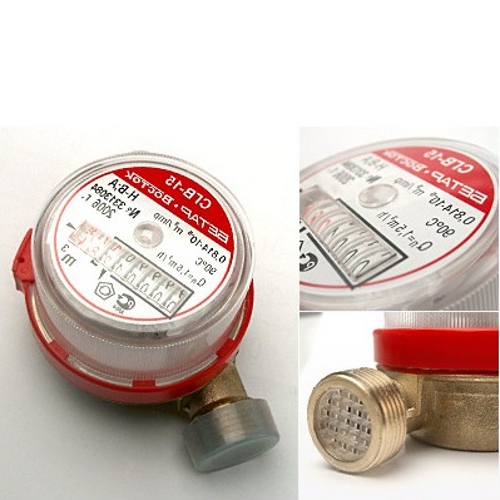You will need
- Calculator
Instruction
1
To convert seconds to hours, it is enough to divide number of seconds by 3600 (since one hour has 60 minutes and each minute 60 seconds. For this you can use an ordinary calculator. Even enough that there is almost any cell phone.
However, it should be noted that the number of hours is sure to be a fractional (decimal: x.y hours). Although decimal representation of time (especially time intervals) and more convenient when carrying out intermediate calculations, the final answer, such a representation is used relatively rarely.
Depending on the specific tasks may need to specify time in the form of: x hours y seconds. In this case, it is sufficient to divide evenly the number of seconds by 3600 - the whole part of the division is the number of hours (x) and modulo the number of seconds (y).
If in the end it should be a specific point in time (clock reading), then the solution is likely to present in the form of: x hours, y minutes, z seconds. For this number of seconds will first have to divide evenly into 3600. The resulting quotient will be the number of hours (Kh). The remainder of the division is necessary again to divide evenly into 60. Obtained in this step, the quotient will be the number of minutes (y), and the remainder of dividing the number of seconds (z).
In order to solve the inverse problem, i.e. to convert seconds to hours, all of the above steps needs to be done in reverse order. Accordingly, for the first case, the number of seconds be x.y*3600, for the second - x*3600+y, and for the third - x*3600+y*60+z.
Although the use of the above-described method and should not cause problems with unit calculations, when large volumes of computation (e.g., processing of experimental data), this process can take time and cause errors. In this case it is better to use the appropriate programs.
For example, using MS Excel, once you enter the necessary formulas to obtain ready-made results. The preparation of suitable formulas do not require user programming skills and is available even to schoolchildren. For example, let's make a formula for our case.
Let the initial number of seconds entered in cell A1.
Then, in the first embodiment, the number of hours will be: =A1/3600
In a second embodiment, the number of hours and seconds: =INTEGER(A1/3600) =MOD(A1;3600), respectively.
In the third embodiment, the number of hours, minutes and seconds can be calculate by the following formulas:
=INTEGER(A1/3600)
=INTEGER(MOD(A1;3600)/60)
=MOD(MOD(A1;3600);60)
However, it should be noted that the number of hours is sure to be a fractional (decimal: x.y hours). Although decimal representation of time (especially time intervals) and more convenient when carrying out intermediate calculations, the final answer, such a representation is used relatively rarely.
Depending on the specific tasks may need to specify time in the form of: x hours y seconds. In this case, it is sufficient to divide evenly the number of seconds by 3600 - the whole part of the division is the number of hours (x) and modulo the number of seconds (y).
If in the end it should be a specific point in time (clock reading), then the solution is likely to present in the form of: x hours, y minutes, z seconds. For this number of seconds will first have to divide evenly into 3600. The resulting quotient will be the number of hours (Kh). The remainder of the division is necessary again to divide evenly into 60. Obtained in this step, the quotient will be the number of minutes (y), and the remainder of dividing the number of seconds (z).
In order to solve the inverse problem, i.e. to convert seconds to hours, all of the above steps needs to be done in reverse order. Accordingly, for the first case, the number of seconds be x.y*3600, for the second - x*3600+y, and for the third - x*3600+y*60+z.
Although the use of the above-described method and should not cause problems with unit calculations, when large volumes of computation (e.g., processing of experimental data), this process can take time and cause errors. In this case it is better to use the appropriate programs.
For example, using MS Excel, once you enter the necessary formulas to obtain ready-made results. The preparation of suitable formulas do not require user programming skills and is available even to schoolchildren. For example, let's make a formula for our case.
Let the initial number of seconds entered in cell A1.
Then, in the first embodiment, the number of hours will be: =A1/3600
In a second embodiment, the number of hours and seconds: =INTEGER(A1/3600) =MOD(A1;3600), respectively.
In the third embodiment, the number of hours, minutes and seconds can be calculate by the following formulas:
=INTEGER(A1/3600)
=INTEGER(MOD(A1;3600)/60)
=MOD(MOD(A1;3600);60)
